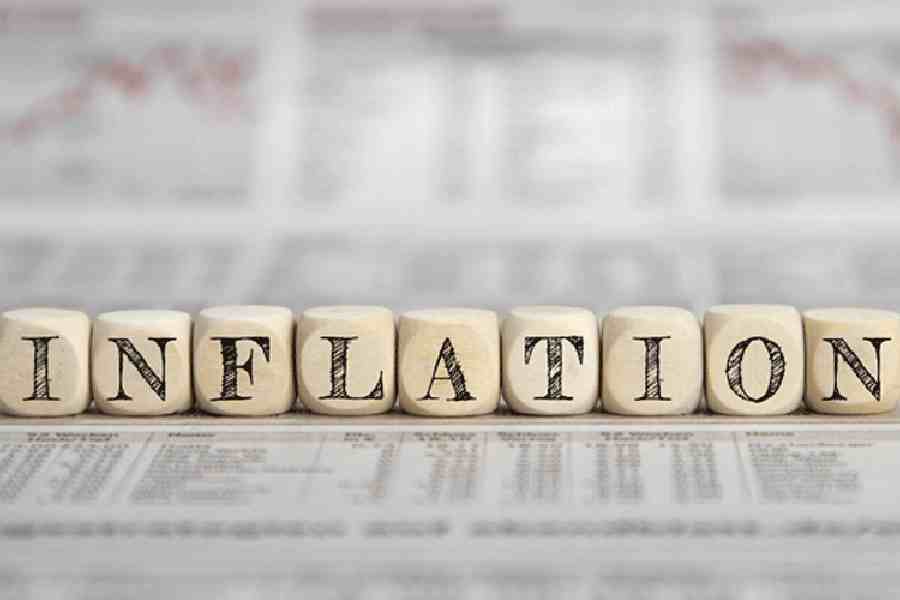Retail inflation remained almost unchanged in February at 5.09 per cent even as higher food prices threatened broadening price pressure on the economy.
Inflation based on the consumer price index (CPI) was at 5.1 per cent in January and 6.44 per cent in February 2023.
According to data released by the National Statistical Office (NSO), retail inflation in the food basket was at 8.66 per cent in February, marginally up from 8.3 per cent in the previous month.
Core inflation — which excludes the price print on food and fuel — eased to 3.35 per cent in February from 3.61 per cent in January, according to economists. This is the lowest since, at least, 2018.
Vegetable inflation is the highest in the food basket and with onion prices going up again, it will continue to exhibit such tendencies, Madan Sabnavis, chief economist, Bank of Baroda, said. Besides, horticulture output this year is expected to be lower than last year, he cautioned.
Rajini Sinha, chief economist, CareEdge said: “While there was a broad-based moderation across all major categories, the inflation was kept elevated by higher food prices. Reversing the trend of last month, food inflation has inched up marginally to 7.8 per cent.
"The ongoing high inflation in specific food categories, including cereals, pulses, spices, and vegetables pose a risk of potentially broadening price pressures and de-anchoring inflationary expectations.”
IIP slip
Industrial growth slowed down to 3.8 per cent in January mainly because of the poor performance of manufacturing, mining and power sectors, according to official data.
The factory output growth measured in terms of the Index of Industrial Production (IIP) was 5.8 per cent in January 2023. In December 2023, IIP growth stood at 4.2 per cent.
As per the latest data, growth in manufacturing decelerated to 3.2 per cent in January against 4.5 per cent a year ago.
Growth in capital goods fell to 4.1 per cent in January compared with a growth of 10.5 per cent in the year-ago period.
Consumer durables output expanded 10.9 per cent. It had contracted 8.2 per cent in January 2023.
Consumer non-durable goods output declined 0.3 per cent compared with 6.5 per cent growth in January 2023.











